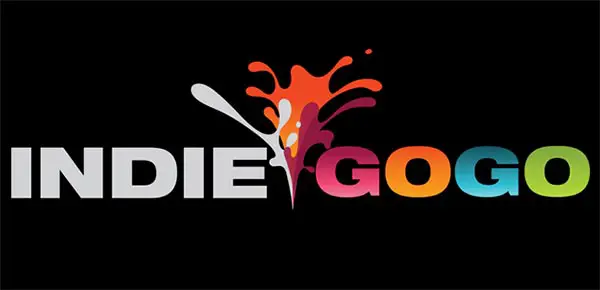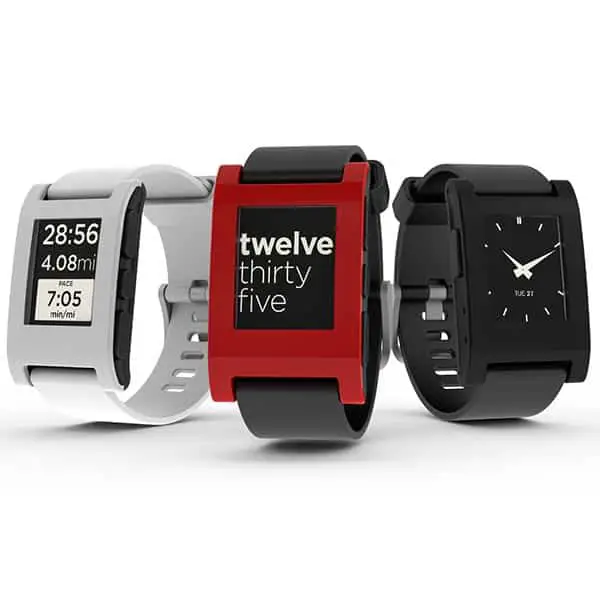Crowdfunding platforms, such as Kickstarter or Indiegogo, seem to be the most popular method for bringing a smartwatch to market as of late. The success of this fledgling capitalization method has been quite varied. From crowd favorites, such as the Pebble or the Agent smartwatch that absolutely demolished their financing goals, to less popular offerings, such as the VEA Buddy or the Vachen smartwatch that limped along yet still intend to ship a final product. The ability of smaller manufacturers to legitimately compete with major players such as Apple, Google, or Samsung, has been cemented and is not likely to fade away any time soon. So what works and what doesn’t? Read on for a basic primer in marketing your crowd funding venture …
What Is Crowd Funding?
Crowd funding or crowdfunding is a new way to fund creative projects. Each project is independently created by the individual developer who is able to retain complete control over and responsibility for their projects. Project creators then set a funding goal and submit their project to the public for subscriber funding through online platforms such as Kickstarter or Indiegogo. Typically, funding is an all or nothing proposition … if the project meets its funding goal, they receive the money committed by the public. If they do not achieve their funding goal, the money is returned to the subscribers and the developer receives nothing (except for the excellent publicity that necessarily accompanies a funding campaign).
Crowd funding allows developers and creators to keep 100% ownership of their work, where backers are typically supporting the project without expecting a financial reward. However, in a typical smartwatch crowd funding campaign, public backers generally receive a smartwatch for their financial contribution. In this sense, crowd funding is a mechanism to see if a developer can presell a predefined number of smart watches prior executing a manufacturing commitment.

Getting To Market First vs. With A Completed Product
Crowd funding campaigns can be completed and developers funded within as little as two months. This allows a developer to move at lightning speed through the design, development, and manufacturing process, thus providing a significant advantage over large electronics corporations. Whereas Apple already has sufficient capital to design, develop, and manufacture a smartwatch, the behemoth company moves at a comparative snail’s pace through the process due to corporate bureaucracy.
What does all of this mean for the smartwatch market? Thus far, it has resulted in a flurry of first-to-market products that are not well thought out, that are incomplete, and that lack any revolutionary vision in their design. While being first to market does allow fledgling companies to snap up technophiles and early adopters at a record pace, it has not resulted in technology that we would be proud to display on our wrists. Ultimately, cutting edge technology powerhouses such as Apple, Google, and Samsung will bring a smartwatch to market that will likely render the first generation of crowd funded offerings obsolete. In addition, it further enhances the forthcoming devices of the bigger companies by providing them with a sort of de facto beta testing as they observe what works and what doesn’t with the initial smattering of smartwatch startups. In short, it is a win for technophiles and early-adopters who want the technology now, and a win for the consuming public who are willing to wait for revolutionary technology that has been thoroughly bug-tested and just works.
Crowd Funding As A Smartwatch Marketing Platform
Most crowd funding project managers do not seem to understand that the actual crowd funding campaign itself is the best free product marketing your smartwatch will ever receive. Your presence on Kickstarter or Indiegogo will provide huge amounts of free exposure, being picked up by practically all niche news providers, discussed in niche social media groups, and can possibly even lead to free air play on television. In addition, the crowd funding platform is likely the first public exposure your product will receive … and first impressions can make or break a campaign. Therefore, it is imperative that smartwatch manufacturers seeking crowd funding realize just how important your online capitalization campaign is to the ultimate success of your product offering and act accordingly. Unfortunately, this reality seems to have escaped many of the crowd funding project managers.

Polish Your Crowd Funding Presentation
Marketers can’t engineer, and engineers can’t market … unfortunately, this seems to be a universal truth. Realization of this truth is also how the symbiotic Jobs-Wozniak relationship drove Apple to be one of the most successful companies of all-time. Startup smartwatch developers need to model themselves after successful crowd funding ventures like Pebble … there is no reason to reinvent the wheel. Although there is nothing particularly revolutionary or spectacular about their device, the Pebble crowd funding campaign was VERY successful. Pebble gave us exactly what we expected from a first generation smartwatch, nothing more nothing less. However, their marketing plan was professional, well organized, well executed, and covered all of the basics of a modern campaign. If you are a smartwatch developer intending to seek funding on Kickstarter or Indiegogo, here are some of the basics for a successful crowd funding campaign:
Video – Your project presentation video is the first thing that people will see and must look professional. It should not feature your engineer talking about your proposed smartwatch and it should not look like it was shot in your basement with an iPhone. You do not have to spend a lot of money to accomplish this, you can have a professional 2 minute project presentation video produced for under $1,000 now and you will reap HUGE rewards versus throwing some piece of crap up on your campaign page. Take a look at Tongal and SmartShoot to get this done on a budget … or even take a look at Fiverr for ideas if you are absolutely broke. Bottom line, you must have a professional looking product presentation video to hit a homerun with crowd funding.
Website – Your product or company must have its own website that looks professional and it must be SEO (Search Engine Optimization) optimized. This can be accomplished for as little as $100, but $1,000 will give you something truly worthy of a viral crowd funding campaign. Your entire site can consist of a single landing page … as long as it is spectacular. A professional one page site is far superior to a 100 page site that looks like it was created in 1990. That means professional product images and professional web design. This can be easily accomplished for $200. Once your website is created, you must have it SEO optimized. If you are cheap, again check out Fiverr. If you want to do it right, spend $1,000 with the SEO masters at Yoast and you will ensure optimal search engine results.

Social Media – You absolutely must establish and maintain a social media presence with the big 4: Facebook, Google+, Twitter, and LinkedIn. They should look professional, all contain the same information about your product, and you should post to them frequently so that the content does not become stale. In addition, your website, your crowd funding campaign page, and all of your social media pages should be interlinked.
Logo – To tie your great product presentation video, your great website, and your great social media presence together, you need a great logo. $89 will get you three original professional logos designed for your product at Little Guys Logo. That even includes revisions should you require any.
Smartwatch crowd funding campaigns have been both excellent and absolutely awful to date. It is easy to model the successful and, in turn, have a successful campaign yourself. However, it appears that many project managers just do not understand the difference that exhibiting a professional campaign to the public can make. For if they did, they surely would spend an extra thousand or two to polish their campaigns, and thereby double or quadruple their crowd funding subscription rate. Hopefully, this basic guide can set future smartwatch developers in search of public funding on the right path.

